Bookkeeping
Bookkeeping for small businesses involves recording all transactions completed through the course of conducting business activities. If you use cash basis, this includes cash expenses and receipts. Accrual accounting will also include non-cash transactions such as accounts receivable and accounts payable.
Properly recording your financial transactions helps you succeed in managing and growing your business. It can seem like a pain, however getting it right pays off in areas such as tax preparation, fraud detection, strategic decision making and financing.
Bank Reconciliations
Your business checking account is the central point for financial transactions. Bank reconciliation involves matching bank statements to bookkeeping transactions. Doing this step each month ensures your book balance matches the bank.
Online banking software offers transaction downloads directly into most bookkeeping software. This reduces manual data entry, and transactions can then be quickly reviewed, classified, and reconciled to the bank.
Error and Fraud Detection
With your bookkeeping up to date, you now have a documented record of all the transactions for the period. This enables the identification of erroneous transactions in your bank account or unusual account balances in your general ledger.
Income Statement
The Income Statement aggregates all revenue and expenses generated over a period of time. When revenue is greater than expenses, the business has generated a profit for the period covered by the Income Statement.
Balance Sheet
The Balance Sheet provides the financial position of the business at a point in time. This includes what the company owns (assets), what the company owes (liabilities) and the value of the capital the owners have contributed into the company (owner’s equity). The balance sheet helps you analyze financial conditions such as the ability to fund current operations with available assets, whether receivables are being collected quickly enough, or whether payables are increasing.
Financial Statements
The Balance Sheet and Income Statement are the basic financial statements used in other activities such as financing or income tax preparation.
Accountants use these statements as the basis for the information required to calculate key aspects of business tax returns such as taxable income.
Potential lenders, vendors, or investors, that may potentially extend credit or invest capital in your business, use these financial statements to decide how much to lend. This is a critical for businesses in need of short-term or long-term financing to fund operations or capital expenditures.
Strategic Decisions
If you understand how your business is generating income, paying expenses, and creating cash flow, you can make better strategic decisions. The Balance Sheet and Income Statement are central to strategic analysis and decision making.
- Are some expenses unusually high?
- Which products contribute the most profit?
- Are capital assets being used efficiently?
The answer to many questions about, for example, liquidity, solvency, profitability, or valuation of a business can be uncovered through analysis of the financial statements.
Bookkeeping Tools
Many tools are available for bookkeeping for small businesses, with QuickBooks being the most popular. This is a sophisticated software tool published by Intuit that allows:
- Entry of your business financial transactions
- Maintenance of a general ledger
- Tracking accounts receivable, accounts payable, payroll and inventory
- Production of the basic financial statements plus many types of reports
QuickBooks is available in a desktop and an online version. Both are highly functional. QuickBooks Desktop comes with more features, while QuickBooks Online is accessible from anywhere and can also be shared directly with others such as your accountant. One more option should also be discussed, however. Many small businesses have simple needs for their bookkeeping, only tracking revenue, expenses, bank balances and assets for simple analysis and for tax preparation. In this case a spreadsheet in Microsoft Excel may be a quick, easy, and adequate way to do it.
